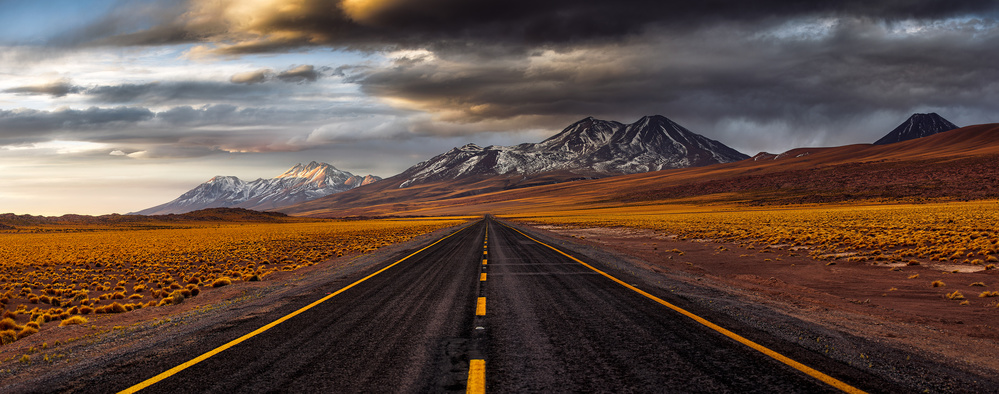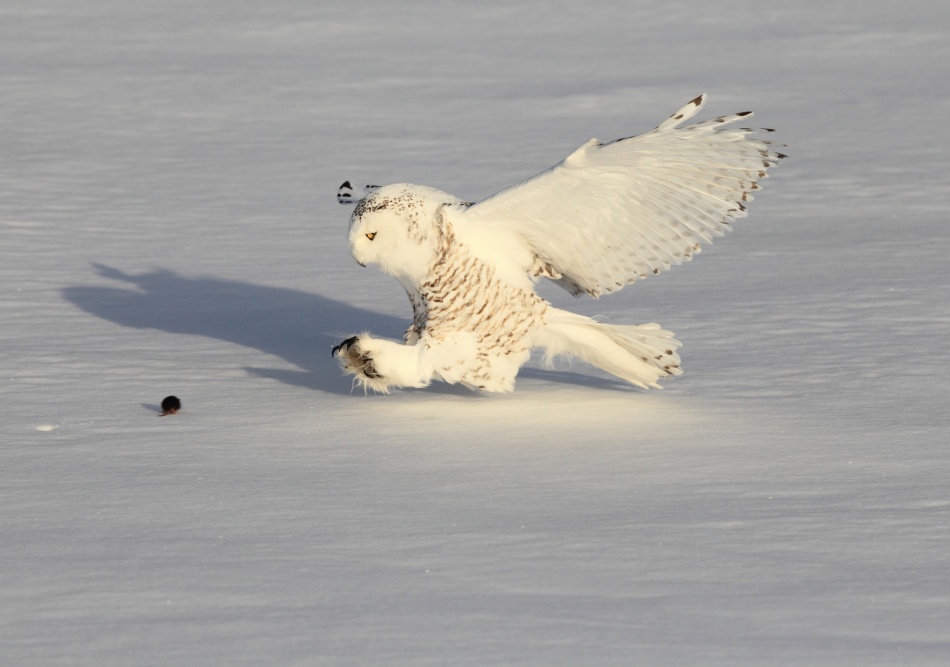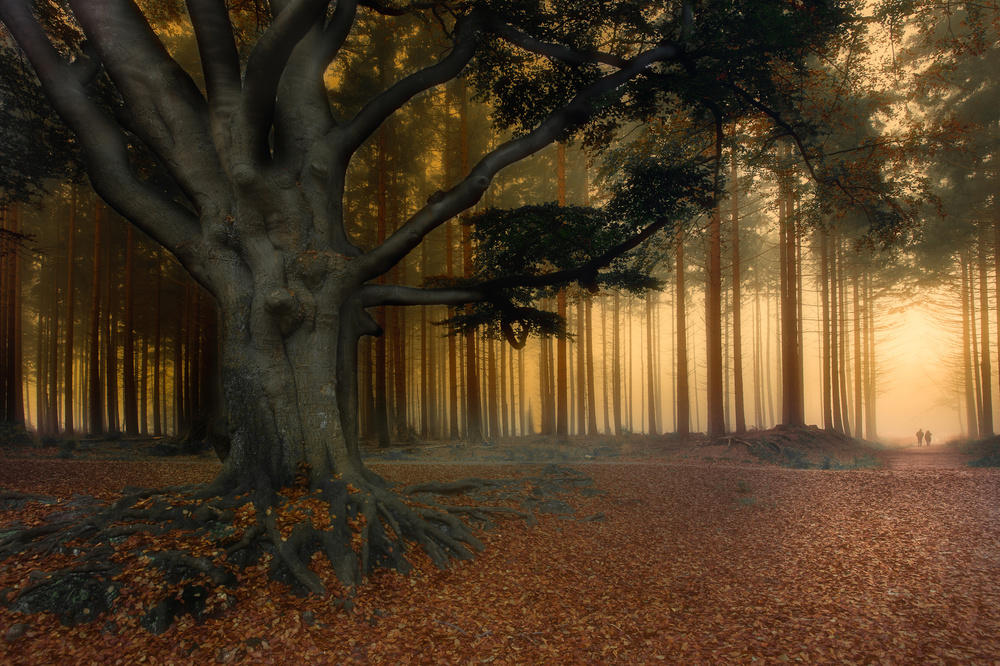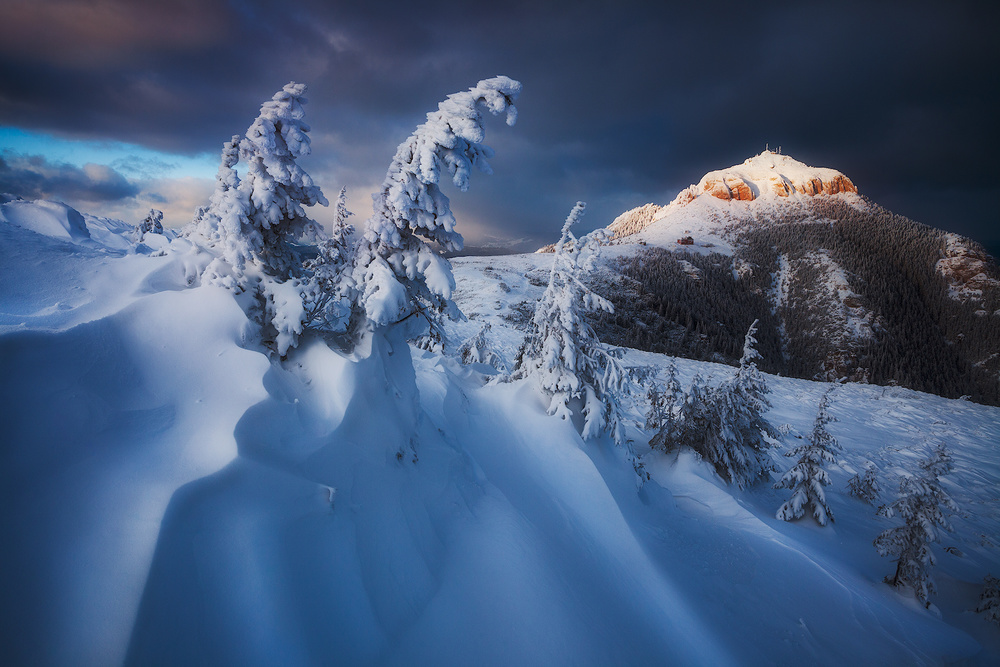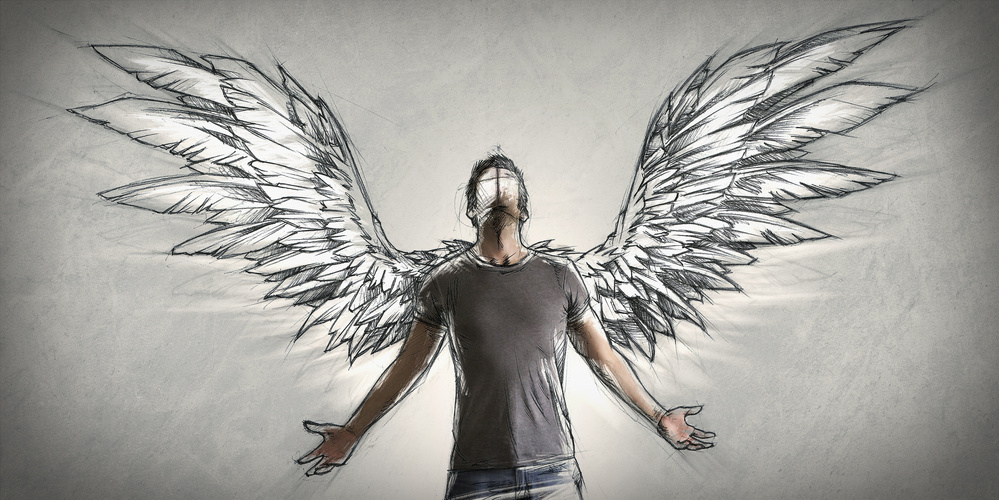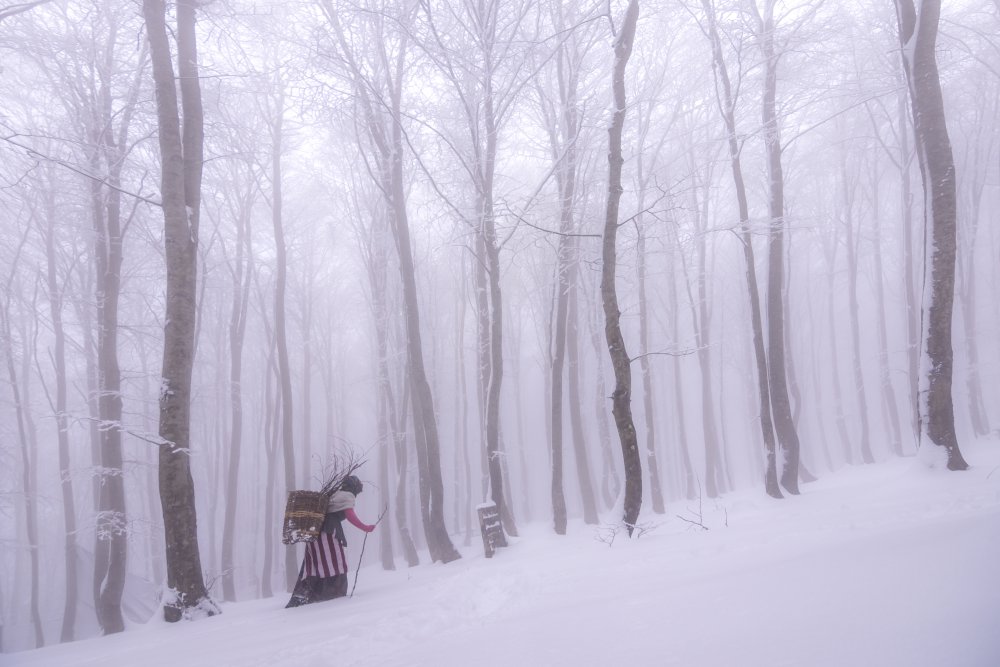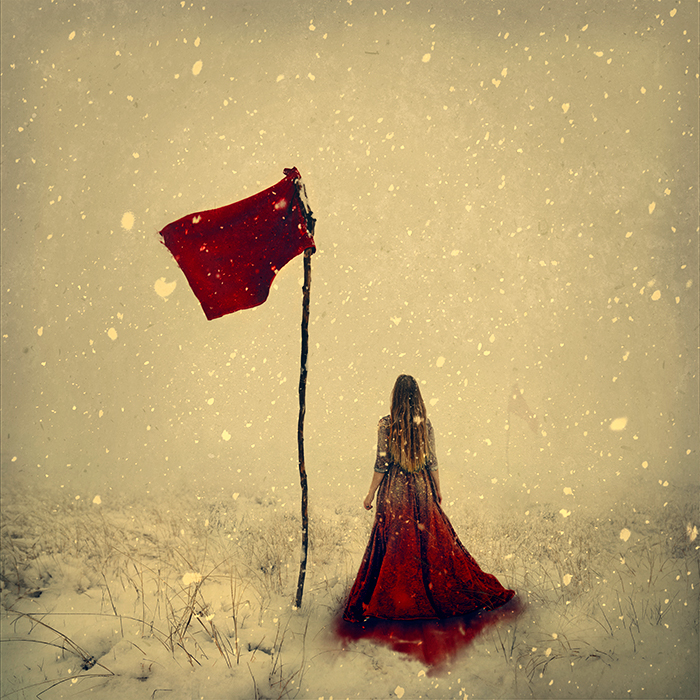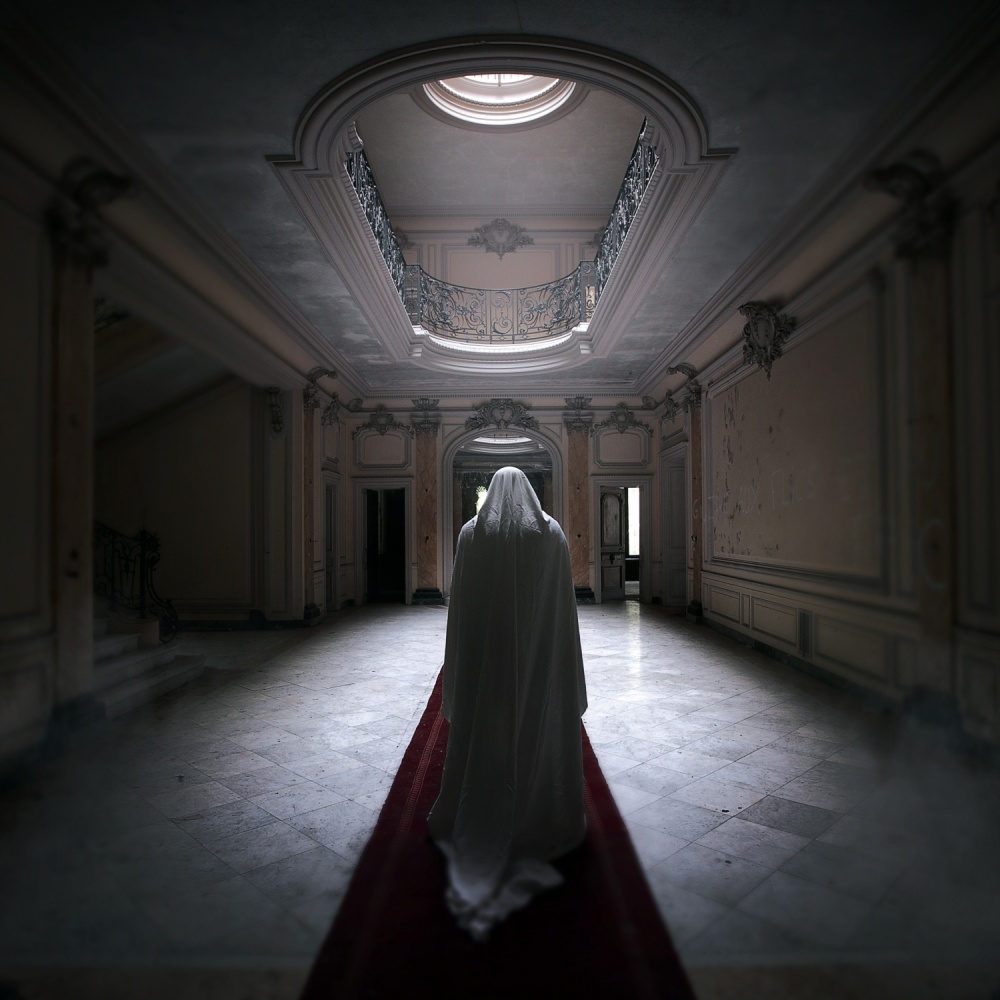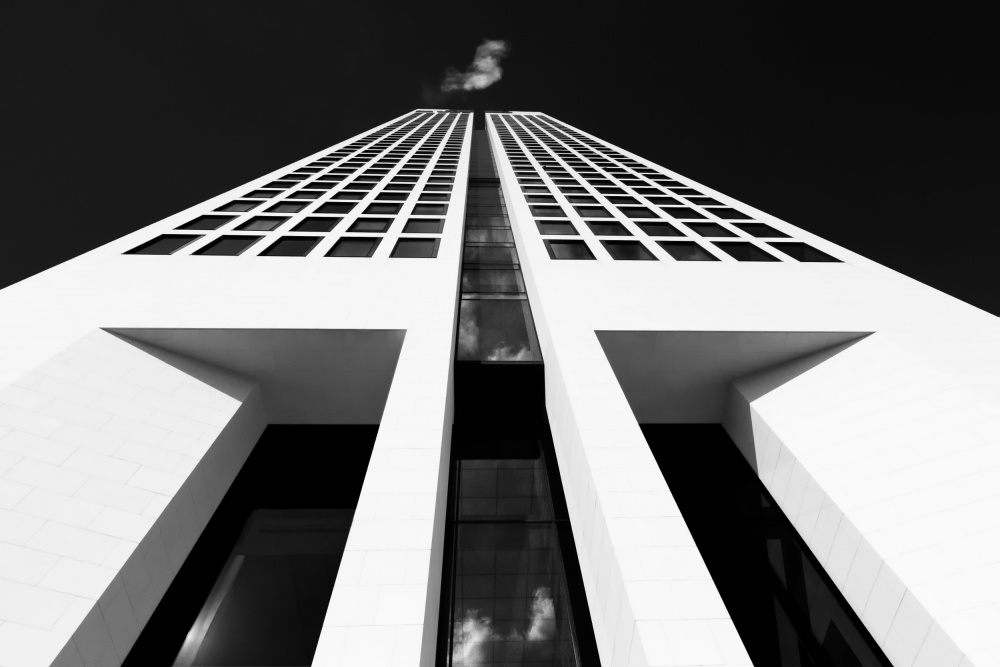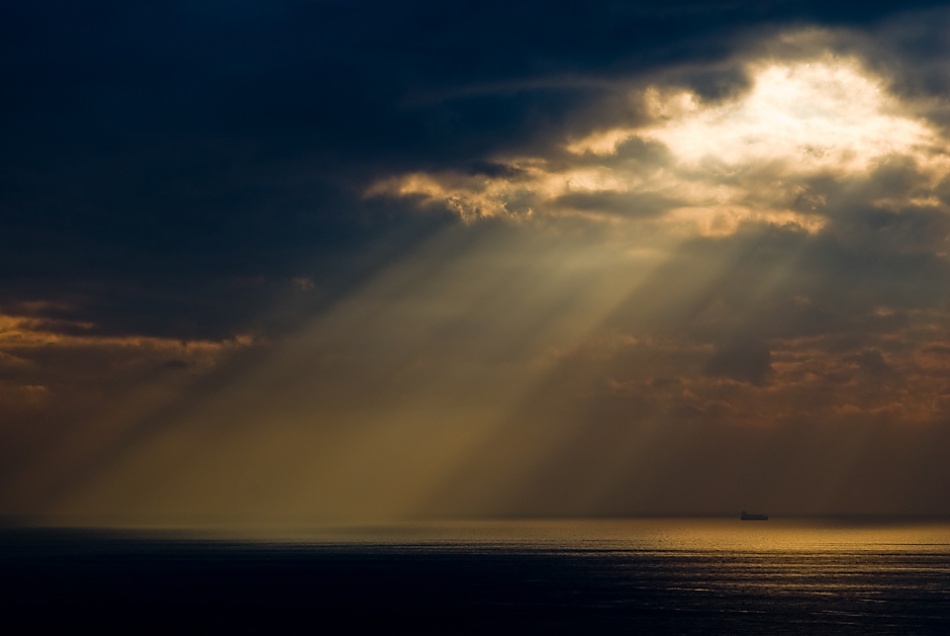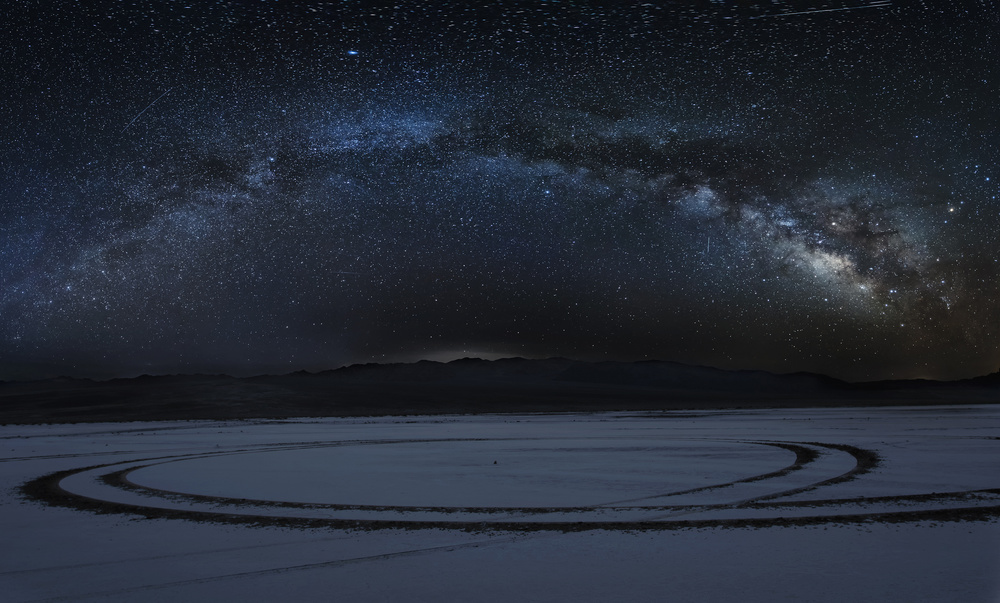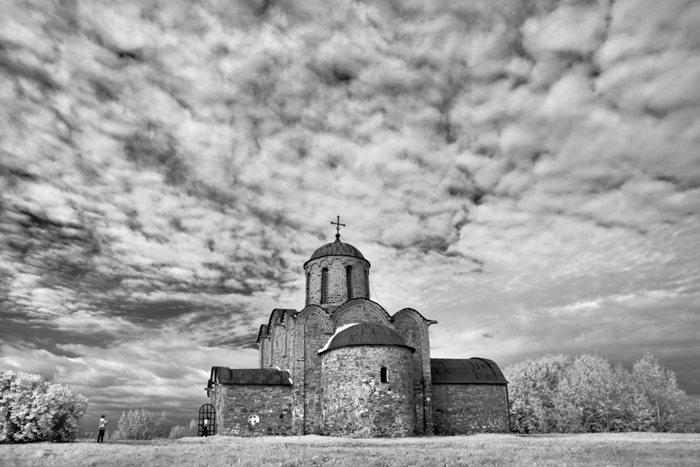Photographers
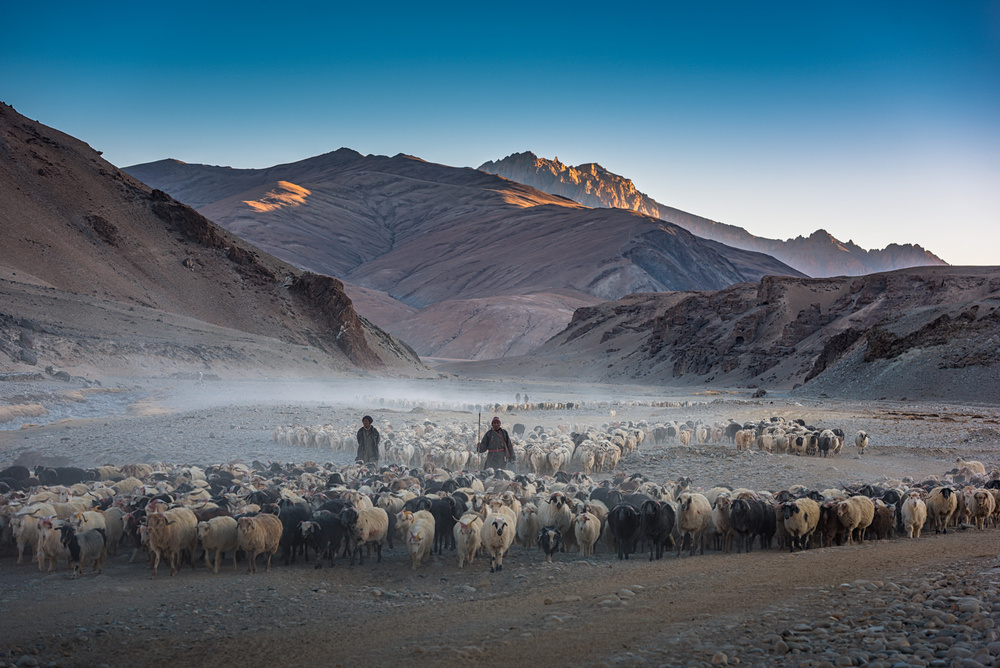
Technical Basics: Mountain Photography
1x Blog-Photographersby Editor Miro Susta
Whether among the lower peaks of Carpathians and Rocky Mountains or among the majestic Andes, Alps and the giants of Himalayas, mountains landscapes show nature at its most dramatic and inspirational way.

'The Himalayan Dusk' by Manish Lakhani
For photographers the mountains have a vertical component that gives much more freedom to compose than usual. Their unpredictable weather and risky paths add to the excitement that should be conveyed in photographs.
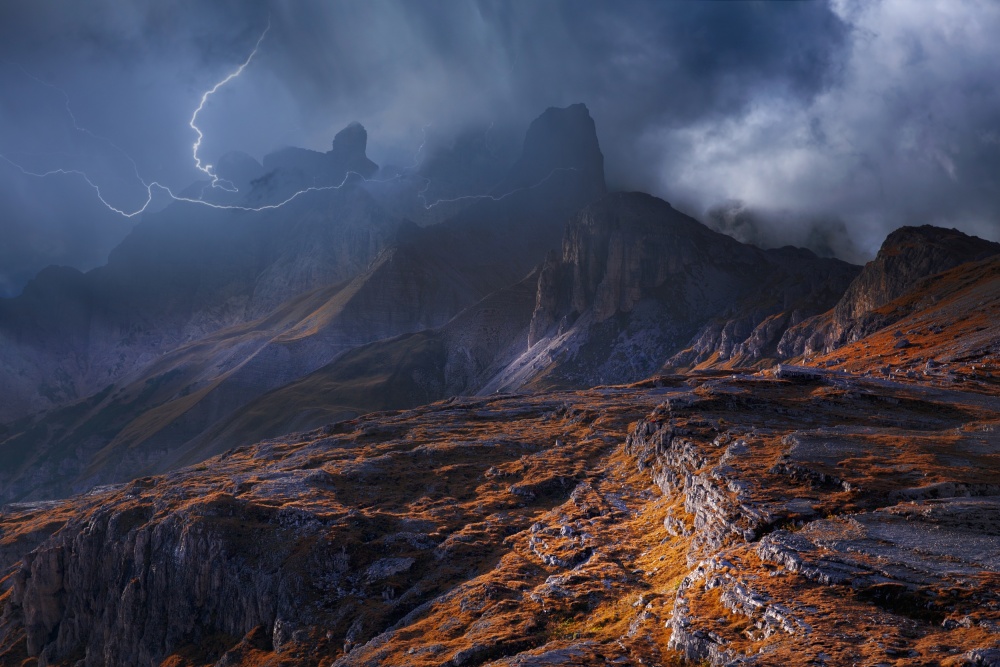
'Bergwetter' by Franz Schumacher
Whether you are hiking round precipitous paths where jagged peaks and glaciers come into view or you are down in the valley looking up at the face of a mountain bathed in late afternoon or early morning sunlight, mountains scenery is endlessly changing.
For the photographer the mountains photography is a complex creation made up of landscape, daytime, season and weather condition. To manage it successfully, certain guidelines may help.
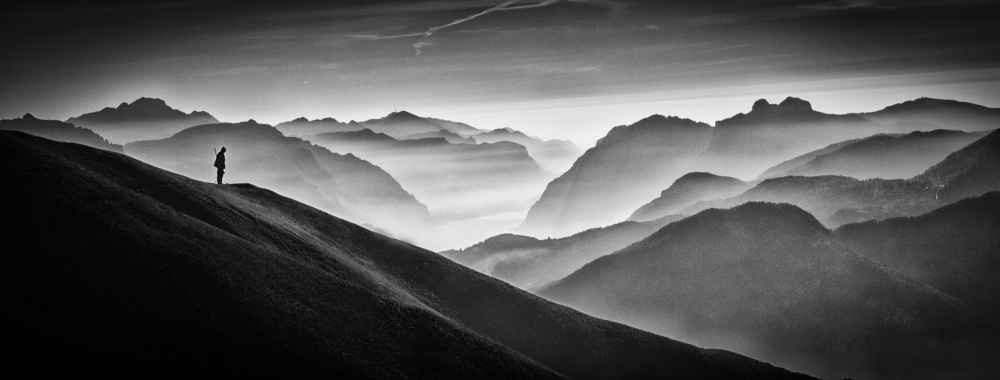
'Hunter in the fog BW' by Vito Guarino
The most important is to select a viewpoint which fit to the mountain area and photographer location either from valley below or from the top.
Some popular tourist roads are offering beautiful scenic points, this should not be ignored by photographer.
Let’s take a specific example. Steingletcher (Stein Glacier) in Swiss Alps of Uri. The excellent scale of the glacier and the Alps Mountains becomes fully evident if the photograph is taken just below the main ridge.
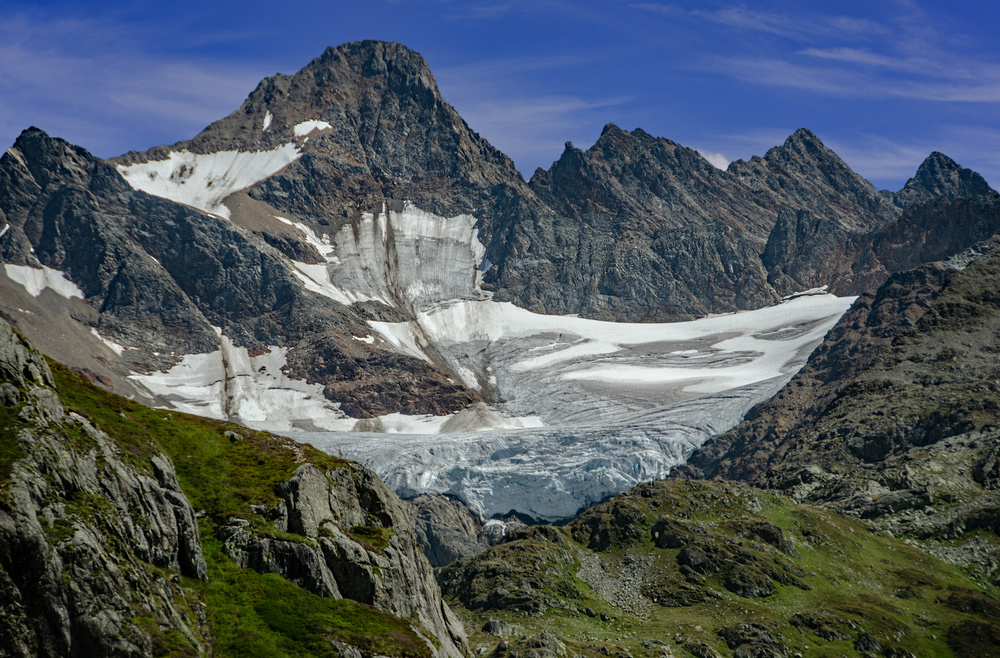
'Alpine Glacier' by Miro Susta
In this case the camera altitude position is at 2,150 m a.s.l. and the glacier altitude from 2,200 to 3500m a.s.l. (Eggstock peak).
The following panorama photo was taken with 160mm lens, an excellent use of telelens.

'The Tatra Mountains' by Krzysztof Mierzejewski
Very popular are mountain photos taken from the base, i.e. from lower levels, especially from lakes. For breath taking mountain pictures there is nothing better than mountain landscape photos taken from the lake level.
The possible choices for reflections are endless, most images show a combination of dramatic sky and mountains.
Below are some selected photographs showing the beauty of reflections of mountains in calm sea waters.

'Autumn Kurkurek' by Alexander Taranin

'Torres del Paine' by Vladimir Driga

'…dreamscape' by Raymond Hoffmann

'Tranquillity' by Þorsteinn H. Ingibergsson
Human shapes can help to bring some life to the scenes, either as a snapshot with people climbing/running around, or as a photo with your own companion.
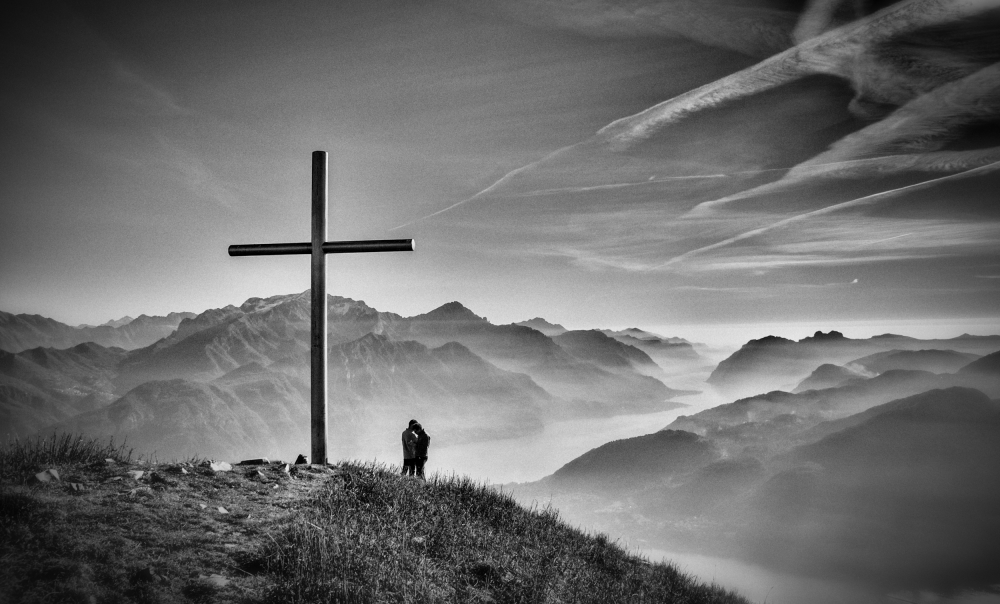
'Where the sky ends' by Vito Guarino
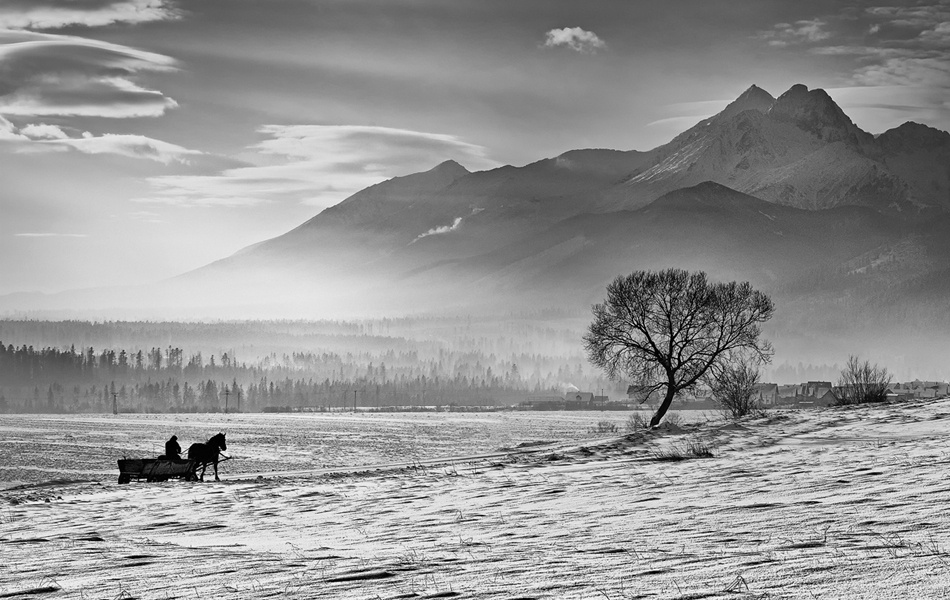
'Back to the House' by Roman Lipinsky © czeladnik
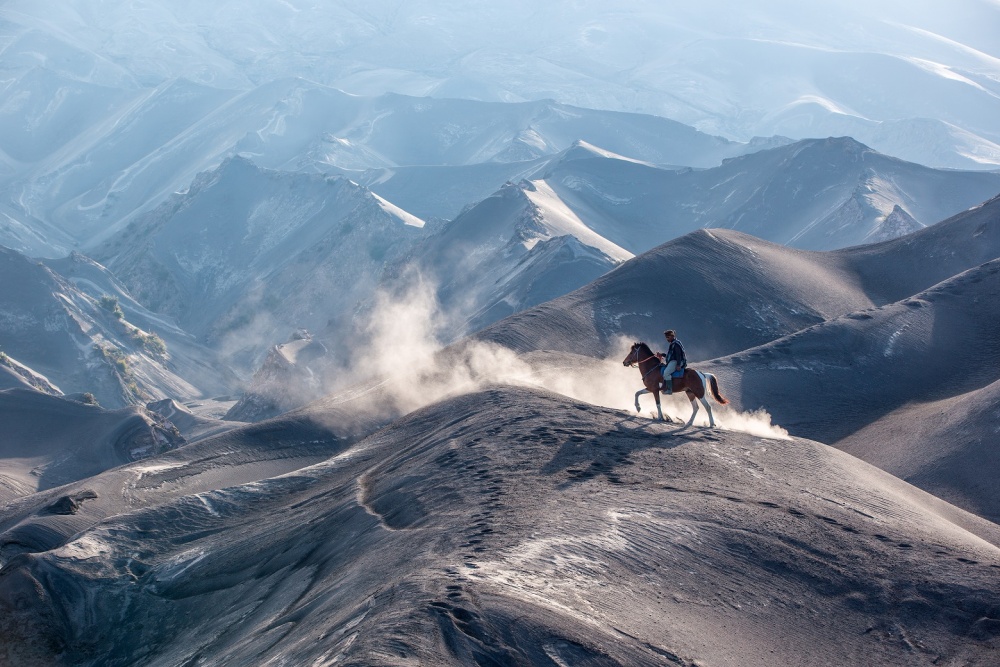
'Where do you go' by Ronni Santoso
The size ratio between mountain and front/background elements can be controlled by selecting the focal length.

'Burning mountains over the frozen valley' by Peter Svoboda, MQEP
A 150mm or longer telelens compresses the perspective, makes the distant mountain loom much larger over middle- and foreground.
An example is the following photo of Mt. Illimani in Bolivian Andes which shows the towering snow covered triple-peaked Illimani (6,438m a.s.l.), it was taken from an elevation of 4,000m a.s.l. with 195mm lens.

'Majestic Andes' by Miro Susta
The photo composition has an acceptable combination of blue sky with white mountains in the background, details with rock formations and high situated village houses in the middle ground and the upper part of La Paz city in the foreground, enhancing the depth and makes the photo more diversified
I would expect the camera to capture at least part of it from the base, but it would be a disappointment to photograph at least part of the Andes from deeper ground.
A wide-angle lens may be necessary for mountain photography, but not further than absolutely necessary, as the mountains may appear to be only an upland.
Below are some more excellent examples of mountain photos taken with a wide angle lens (35 mm and wider for full format).

'Alpine Horizons' by Daniel Řeřricha (17-35MM)

'A fairytale land by the sea' by Yan L (14-24mm)

'ephemeral desert' by Marco Barone
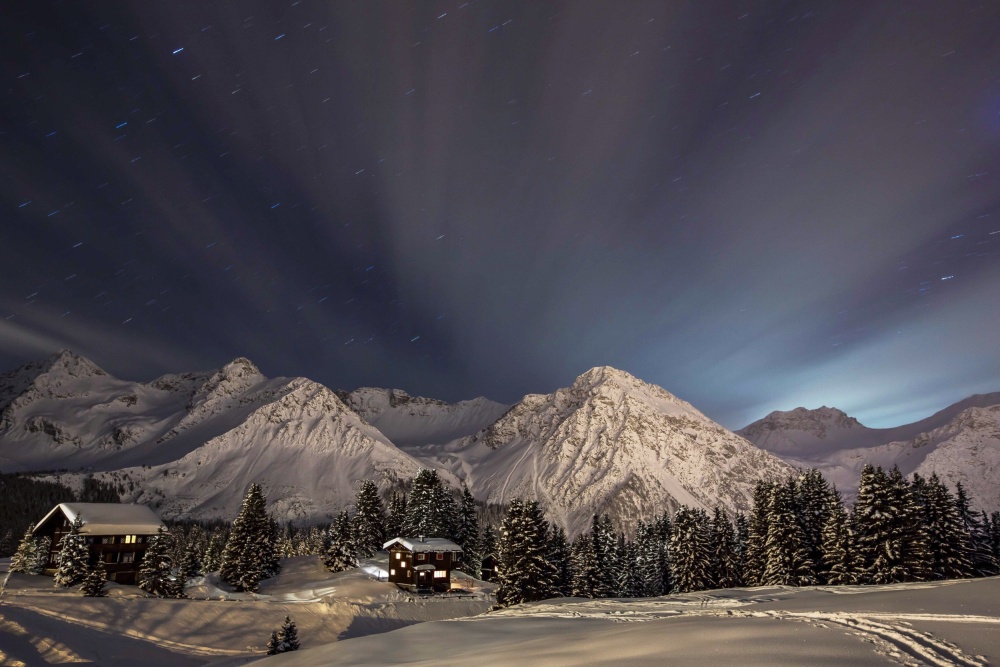
'Winter evening in mountains' by Ralf Eisenhut (25mm)
The light has a particularly transforming effect in mountains photography. The midday light makes the three-dimensional quality of the mountains flat and undramatic.
During the early morning or late afternoon, as the angled light rays throw ridges into deep shadows, rock faces into reliefs, and generally etch the landscape with contrasting tone and colours.

'The first rays of the sun' by Magda Chudzik

'Minaret Lake: First Light' by Yan Zhang
Early morning and especially very late afternoon-early evening hours when mountain tops can glow orange to red are the most preferable in mountains photography.

'Burning peak' by Peter Svoboda, MQEP

'Chaltén Skyline' by Bene Santos
But mountain photography is not only the best weather photography. What is indeed the best weather for any outdoor photography? It is not easy to answer this delicate question.
When we are capturing photographs in the mountains, we assume that there is a lot of sun, blue sky and maybe a few white clouds. But this is not guaranteed, especially not in the mountains with their own microclimate.
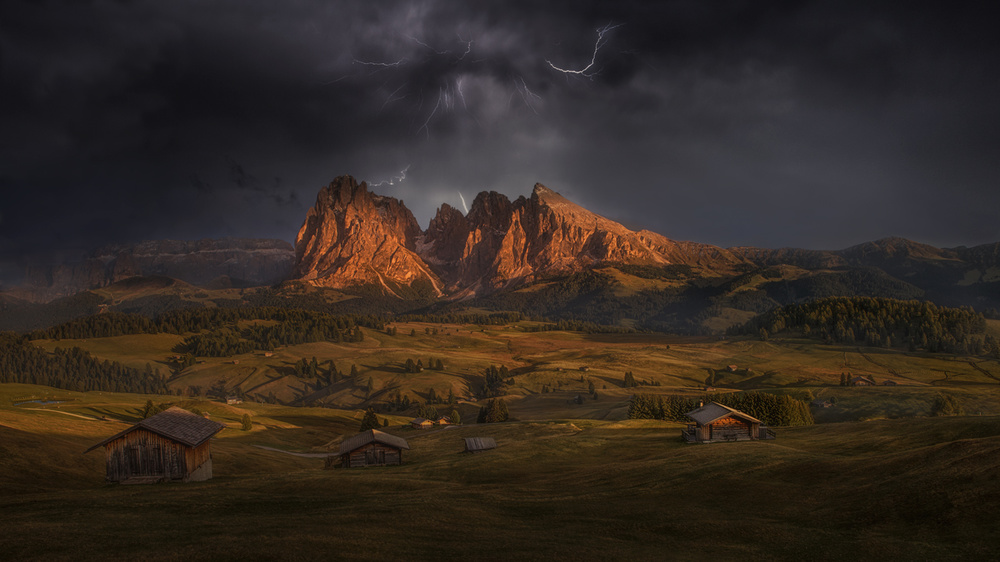
'Lightnings' by Peter Svoboda, MQEP
Mountains can create clouds in a unique way, low valley fog in the early morning, rain and storm and also magic a lot of snow. But these particular conditions often offer great motives for wonderful mountain photo.

'Alpine Sunset' by Lorenzo Rieg
Here few tips for better mountain photo.
· Less is often more. Even though nature is overwhelming in all directions, instead of photographing everything, you should focus your attention on individual points and consciously limit yourself.
Try to capture emotions.
· Change the position from which you are photographing more often. Climb on rocks, lie down on the ground or squat down. Of course, you should always pay attention to your safety!
· Make pictures more interesting through many layers. Use foreground, middle and background.
· Preferably use the manual focus. Do not only take wide-angle pictures. Detail shots can also be enchanting.
· Use a tripod and create exposure series from which you can later create HDR images.

'Midi D’Ossau' by martin zalba
I hope you have enjoyed reading this article and viewing the photographs. Many thanks to all photographers who contributed with their photo work.

